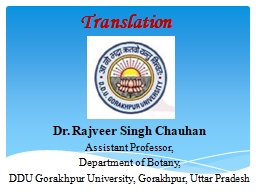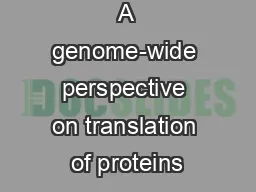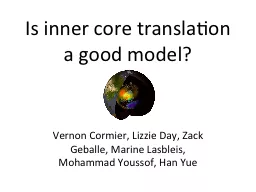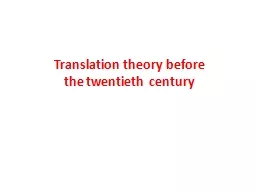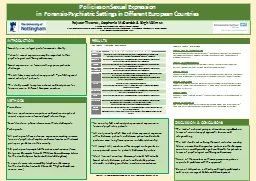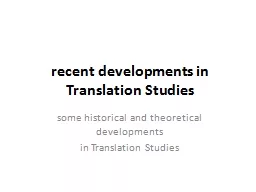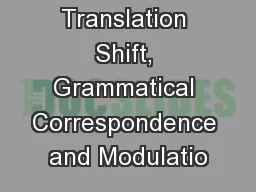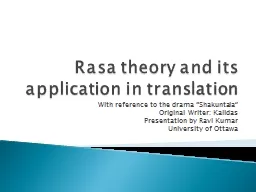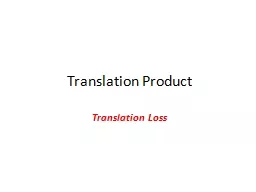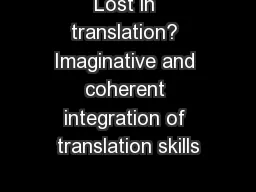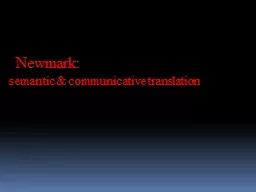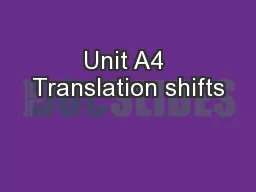PPT-Translation Dr. Rajveer
Author : audrey | Published Date : 2024-01-29
Singh Chauhan Assistant Professor Department of Botany DDU Gorakhpur University Gorakhpur Uttar Pradesh Messenger RNA functions as the template for protein synthesis
Presentation Embed Code
Download Presentation
Download Presentation The PPT/PDF document "Translation Dr. Rajveer" is the property of its rightful owner. Permission is granted to download and print the materials on this website for personal, non-commercial use only, and to display it on your personal computer provided you do not modify the materials and that you retain all copyright notices contained in the materials. By downloading content from our website, you accept the terms of this agreement.
Translation Dr. Rajveer: Transcript
Download Rules Of Document
"Translation Dr. Rajveer"The content belongs to its owner. You may download and print it for personal use, without modification, and keep all copyright notices. By downloading, you agree to these terms.
Related Documents

